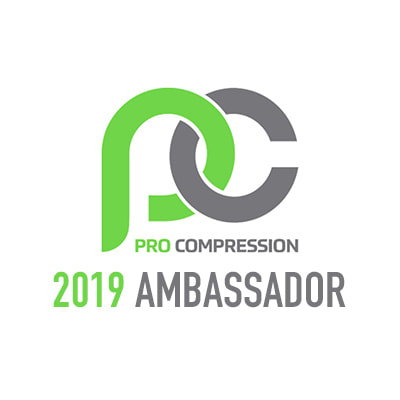by Olympian Jeff Galloway
Increasing the length of the longest long run has produced the greatest amount of improvement that I've seen among my coaching clients. Several surveys have shown more than 13 minutes of time improvement when runners increase their longest long run from 20 miles to 26 miles before a marathon. Comparable time improvements are experienced in 10K runners and half marathoners when they increase their long runs above race distance as noted in my YEAR ROUND PLAN book that covers all the distances. Long runs must be at least 2 min/mi slower than current ability, with liberal walk breaks. The slower the pace, the quicker the recovery. I suggest doing the long runs every 2-3 weeks.
Speed Repetitions—increasing the number
My runners have improved by an average of over 6 minutes in a marathon (3+ minutes in a half marathon) by increasing the number of speed repetitions to 14 x 1 mile for the marathon, and 14 x 800 meter for the half marathon. I recommend that each of these be run 30 sec/mi faster than goal pace. The recovery interval is a 5 min walk between miles and a 3 minute walk between 800's. These workouts prepare one to maintain or pick up pace at the end of the goal race, instead of slowing down. See GALLOWAY TRAINING PROGRAMS & HALF MARATHON books for details (www.RunInjuryFree.com).
Improve Running Form
Most runners I've monitored have improved several minutes in a marathon by fine-tuning their running form. As the mechanics become smoother and within one's limits, there is a significant reduction in aches, pains and injuries. The two best ways to improve form are water running and cadence drills.
• Water running uses the same basic motion as when running on land, using a flotation device so that the feet don't touch the bottom of the pool. When done for at least 15 minutes, once a week, the legs find a more efficient path through the water—eliminating extraneous motion.
• The cadence drill is done for 30 seconds, counting the number of times the foot touches the ground. This drill is detailed in most of my books. I've found the key to improving speed on the mechanical side is quicker turnover.
Race in Shorter Events
Dropping down a standard distance or two can improve your mechanics for running faster and your ability to handle a higher level of oxygen debt. On non-long-run weekends, during a half marathon program, try some 5K or 10K races. When training for a marathon, race at the 10K or half marathon distance. At first, the faster pace of the shorter distance may seem awkward. But after several short races, you will adapt—especially if you do some speed training for the shorter/faster event. These performance improvements can translate into faster times in the longer distances. My book 5K/10K details the training and the racing strategies for these events.
Hill Training
The only way I've found to build strength for running is to run hill repeats. On a moderate grade hill, start at a jog and pick up the turnover rate of the feet and legs as you go up the hill, shortening your stride. Walk down the hill for recovery. Don't sprint, and follow the other hill training guidelines in my books and at www.RunInjuryFree.com. The strength from hill training will allow you to perform better in speed sessions which will help you improve in your goal race. You'll also run faster on hilly courses, during your races.

 RSS Feed
RSS Feed



